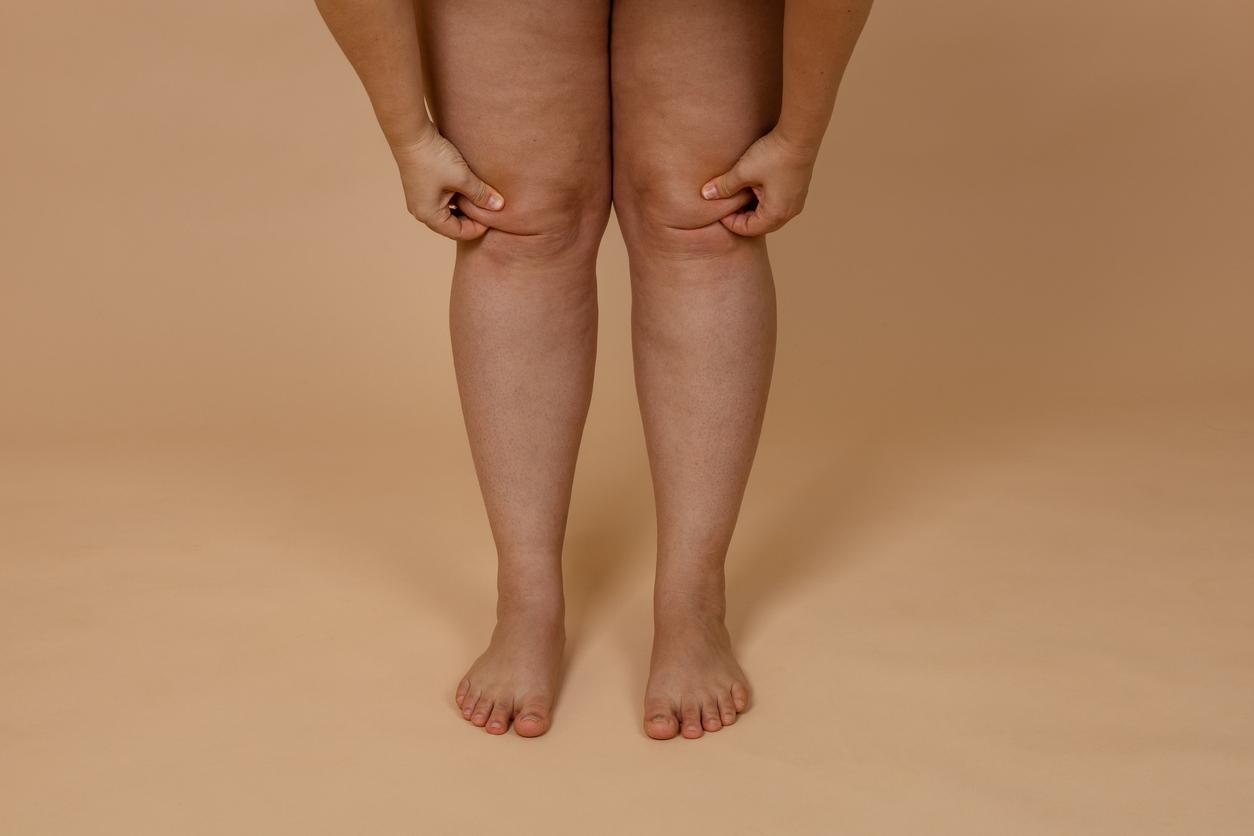Varicose veins of the legs, a permanent dilation of the veins, is manifested by several symptoms. Some should alert you and not be taken lightly.

- Venous insufficiency affects around 17 million French people.
- Heredity, sex or excess weight are factors favoring varicose veins.
Varicose veins are abnormal dilatations of veins, usually located in the legs. These appearances are due to many reasons.
Different symptoms
The most frequent symptom is the appearance of cramps. Located in the area of the toes or calves, the contractions are frequent during sleep, even upon waking. Another symptom: the presence of small bluish or bright red blood vessels, also called “variocosities” or “telangiectasias”. These manifestations appear in the form of large veins on the legs, on the thighs or in the bend of the knees.
If varicose veins occur, edema, that is, swelling in the ankles, legs and feet, may occur. Moreover, the fact of not changing position promotes the emergence of varicose veins. Finally, if the veins of the legs are dilated, the effect of heavy legs can be felt. As the blood has difficulty returning to the heart and remains in the leg area, a feeling of heaviness gradually appears and is accompanied by itching.
Sport, an effective remedy!
There are solutions to relieve these symptoms. Specialists advise using compression stockings to compress the legs and help blood circulation. Leg massage is an option to consider, as is not exposing your legs to heat.
According the Chronic Venous Disease Clinic, sport can be a way to fight against varicose veins. Regular physical activity helps strengthen the calves as well as the mobility of the ankle. It also reduces venous hypertension. Finally, a balanced diet and weight loss can prevent the occurrence of varicose veins.

















